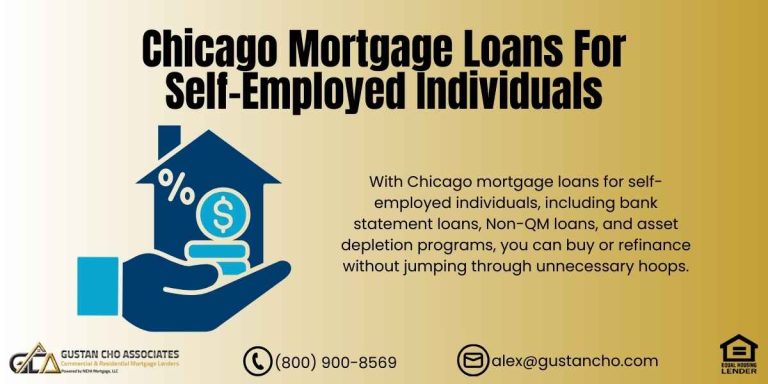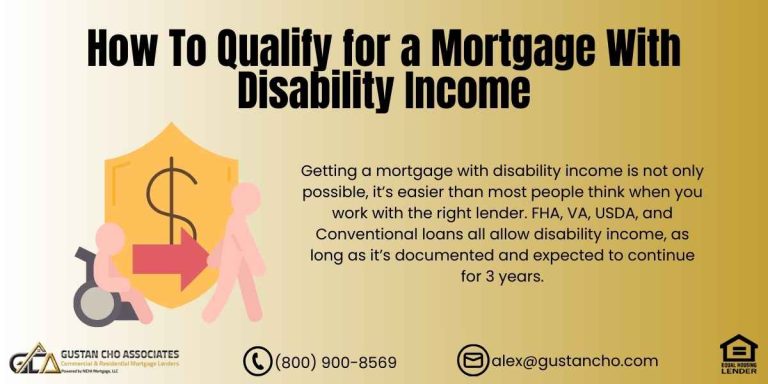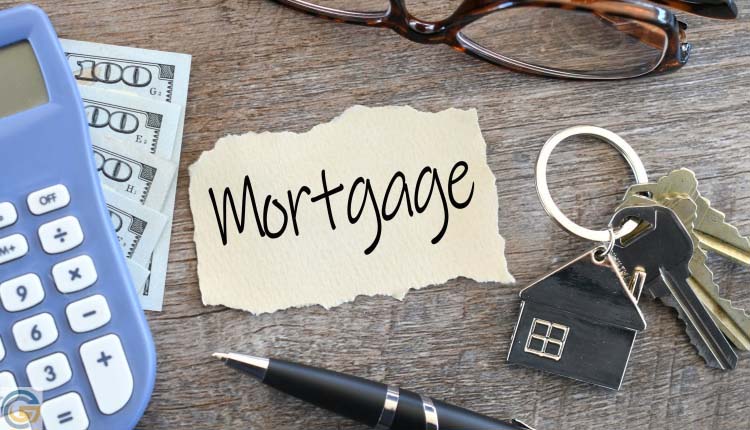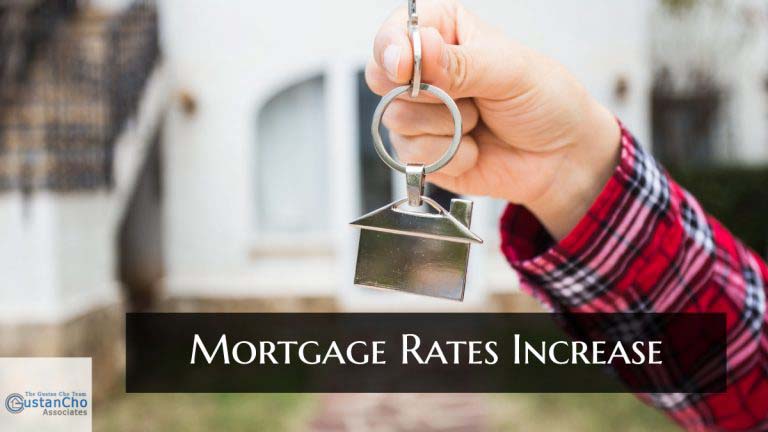This article discusses rate and term refinance mortgage loans versus other options. Cash-out, rate, and Term refinance mortgage loans require full documentation and a new home appraisal. The FHA and VA streamline refinance loan programs are the easiest and fastest.
Compare rate and term refinance mortgage loans vs streamline options. Learn pros, cons, and guidelines to choose the best refinance strategy.
FHA and VA streamline refinance loan programs are fast-tracked and work as follows:
- No Appraisal Required.
- No Income Documentation Required.
- No Credit Scores Required.
- The only documentation required is timely mortgage payments for the past 12 months.
In the following paragraphs, we will cover rate and term refinance mortgage loans versus streamlines.
Reasons for Rate and Term Refinance Mortgage Loans versus Streamlines
Rate and term refinance mortgage loans are sometimes required versus FHA Streamlines and/or VA Streamline Refinances. Here are cases where a full rate and term refinance mortgage loans versus a streamline make sense:
- Refinancing to get a non-occupant co-borrower off the mortgage note
- Refinancing FHA into Conventional Loans
- Doing a cash-out refinance mortgage
- Refinancing an adjustable-rate mortgage to a fixed-rate mortgage
- Refinancing from owner-occupant to investment property
- One to four-unit properties
- Full home appraisal required
- If it is just rate and term refinance mortgage loans, no more than $500 cashback at closing can be received by the borrower
- A payoff statement is required
We Approve Loans Other Lenders Deny
With no overlays, we help borrowers qualify for more refinance programs.
Maximum LTV/CLTV For Rate and Term Refinance Mortgage Loans
The maximum mortgage loan amount is the lesser of the following on FHA loans:
- 97.75% of the appraised value or the acquisition costs, as applicable on and/or:
- The sum of the outstanding mortgage loan balance of the first lien up to 2 months of prorating mortgage insurance premium if paying off an FHA Loan, closing costs, prepaid, borrower-paid discount points, purchase money seconds, non-purchase money second liens, ONLY IF at least 12 payments have been made
- Prepayment penalties, accrued late charges, escrow shortages, borrower-paid repairs required by the appraisal, minus any refund of UFMIP
- Prepaid expenses are limited to per diem interest, hazard/flood property taxes, and mortgage insurance impound
Loaan-to-Value and Refinance
Suppose the mortgage loan is not FHA-insured, and the borrowers have owned and occupied the property for less than one year before the mortgage application date. In that case, the loan-to-value is based on the lesser of the current appraised value or original acquisition cost. This means the sales price, documented costs to repair, renovate, or weatherize the property, and closing costs, including reasonable discount points. Or the total of all mortgage liens held against the property. Use the current home appraised value for all other scenarios.
The existing mortgage loan outstanding balance may include up to 60 days of mortgage interest as follows:
- 30 days of mortgage interest for the month that precedes the month of closing, and/or
- Up to 30 days of interest for the month of closing
Delinquent Interest
Gustan Cho Associates offers escrow advances to borrowers to facilitate refinancing. Delinquent mortgage interests, late fees, and/or escrow shortages may not be included in the outstanding principal balance of the mortgage loan being paid off for the maximum mortgage calculation.
Occupancy of Former Investment Property Rate and Term Refinance
Here are the following mortgage guidelines that apply when borrowers are re-occupying a property that was formerly used as an investment property, but now is going to be used as an owner-occupant property:
- If re-occupied as the owner-occupant primary home for 12 or more months before the initial application date, the maximum financing is permitted
- If re-occupied for less than 12 months before the initial mortgage loan application date, then it is allowed as a rate and term refinance mortgage loan only, but the LTV/CLTV is limited to 85% Loan To Value
Secondary Financing
Secondary financing, such as second mortgages or HELOCs, may remain outstanding and subordinated as long as the combined CLTV liens do not exceed 97.75%.
Rate and Term Refinance Mortgage Loans vs. Streamline Refinance: Which Is Right for You?
Compare rate-and-term and streamlined refinance loans. Explore perks, drawbacks, and rules to find the refinance that meets your financial goals. John Strange, a senior mortgage loan originator at Gustan Cho Associates says the following about rate and term refinance mortgage loans vs. refinance loans:
Refinancing remains one of the sharpest tools for homeowners to cut monthly costs, change loan length, or drop costly mortgage insurance.
Two of the most-used refinancing paths are rate-and-term refinance mortgage loans and streamline refinances. Both paths lower costs or make loans easier, yet the rules, rewards, and eligibility differ greatly. This guide examines each choice, lists what’s good and what’s not, and shows you how to pick the refinance that best suits your budget and plans.
Lower Payments, Better Terms
Whether streamline or rate-and-term, refinancing can cut your costs.
What are Rate and Term Refinance Mortgage Loans?
Definition and Purpose
A rate and term refinance mortgage loan lets you replace your current mortgage with a brand-new one. People usually choose this loan to lower their interest rate, switch the loan length, or move from an adjustable-rate mortgage to a fixed-rate mortgage.
Key Features of Rate and Term Refinance Loans
- Gets you a new rate while keeping the loan balance the same—no cash back to you.
- Change the loan term—you might shorten it to pay it off quickly or extend it to lower the monthly payment.
- Switch from an FHA, VA, or USDA loan to a conventional loan and eliminate monthly mortgage insurance.
- Usually, you’ll need a new appraisal and a complete credit check.
What Are Streamline Refinance Loans?
Definition and Purpose
Streamline refinances are easy for FHA, VA, and USDA loans. Designed to simplify things, these loans cut down on paperwork and help current government-backed loan holders refinance quickly.
Key Features of Streamline Refinances
- Fewer documents are required, saving you time.
- Good news—you usually don’t need an appraisal.
- Paperwork moves through the system faster than with regular refinancing.
- You’ll only get the loan if it clearly and measurably lowers your rate or monthly payment.
Rate and Term Refinance Mortgage Loans vs. Streamline Loans
Similar Features
- You take out a new loan in both cases to pay off your current mortgage.
- Either option can lower your monthly payment.
- You still have to meet lender rules.
Key Differences
Rate and Term Refinance Mortgage Loans
- You can choose from conventional, FHA, VA, USDA, and jumbo mortgages.
- Lenders want your full income, credit history, and asset statements.
- An appraisal to check the home’s value is usually needed.
Streamline Loans
- These can only be used if you already have an FHA, VA, or USDA loan.
- You might not have to show income paperwork.
- Many times, the lender waives the appraisal.
- It’s a quicker, simpler process from start to finish.
Rate and Term Refinance Mortgage Loans —Pros and Cons
Advantages
- It works for a wider range of mortgage types.
- You can switch to a different program if needed.
- You can get rid of mortgage insurance if your new loan allows it.
- You can take a lower or higher rate and still choose to keep, shorten, or lengthen your loan term.
Disadvantages
- It takes longer to process because of full underwriting and an appraisal.
- Your closing costs tend to be higher than with a streamline.
- Detailed documentation can be a hurdle for self-employed or income-variable borrowers.
Pros and Cons of Streamline Refinances
Advantages
- You get quick approval and money often in just days.
- Closing costs are lower than in standard refinances.
- You show less paperwork than usual.
- No need for an appraisal, so if you have little equity, you still get an offer.
Disadvantages
- Only available for FHA, VA, or USDA loans.
- FHA borrowers can’t get rid of the mortgage insurance premium.
- You can’t change loan terms often; mini-makes and tweaks only.
When Should You Choose Rate and Term Refinance Mortgage Loans?
- You want to trade an FHA loan for a conventional one, saving on mortgage insurance.
- You want to change from an adjustable-rate to a fixed-rate mortgage.
- You plan to shorten the loan term to own your home sooner.
- You want to refinance a conventional or jumbo loan.
When Should You Choose Streamline Refinances?
- You already have an FHA, VA, or USDA loan and need a quick refinance.
- You don’t want to go through the usual credit and income review.
- You skip the appraisal when the home value drops.
- You want a lower rate without making other major loan changes.
FAQs: Rate and Term Refinance Mortgage Loans vs. Streamlines
What’s The Main Difference Between a Rate-and-Term Refinance and a Streamline?
- A rate-and-term refinance works with all types of loans and requires much paperwork.
- Streamline loans are easier and faster, but only apply to FHA, VA, or USDA loans.
Can I Move From an FHA to a Conventional Loan With a Streamline?
- No, you can’t.
- To switch loan types, you must use a rate-and-term refinance.
Will I Need an Appraisal for a Streamline Refinance?
- Usually, no appraisal is needed with streamline loans, especially FHA streamlines and VA Interest Rate Reduction Refinance Loans (IRRRL).
Which Loan Has Lower Closing Costs?
- Streamlines typically cost less because they need less paperwork and skip the appraisal.
Can I Shorten the Loan Term With a Streamline Refinance?
- Streamline loans are mainly for lowering the interest rate and the monthly payment.
- A rate-and-term refinance is a better choice for changing the preset loan term to change the preset loan term.
Do Streamlines Check My Income?
- Most often, no.
- Many streamline loans don’t ask for income or job details.
Which Loan Option is the Fastest?
- Streamlines are almost always quicker to process than full rate-and-term refinances.
Can I Drop Mortgage Insurance When I Do a Streamline Refinance?
- Not really.
- With an FHA streamline refinance, the mortgage insurance stays the same.
- Suppose you want to get rid of the mortgage insurance.
- In that case, you’ll need to move to a conventional loan through a different rate-and-term refinance.
What if My Credit Score Goes Down—What’s My Best Move?
- If your credit score dips, a streamlined refinance may still work for you since it’s usually much more lenient than a standard rate-and-term refi.
- The process doesn’t dig as deeply into credit history, so your drop in score may not sink your chances.
Is it Smart to Compare the Closing Costs in Detail?
- For sure.
- Always compare the total fees and the long-range savings when considering a rate-and-term refinance versus a streamline refinance.
- A bit of number-crunching now saves you time, money, and even headaches later.
Qualifying For Rate and Term Refinance Mortgage Loans
Mortgage borrowers who need to qualify for any refinance mortgage should contact Gustan Cho Associates at 800-900-8569, text us for a faster response, or email us at gcho@gustancho.com. Gustan Cho Associates are lenders licensed in multiple states with no lender overlays on government and conventional loans.
Refinance the Smart Way
Learn the difference between rate-and-term refinancing and streamline programs.









